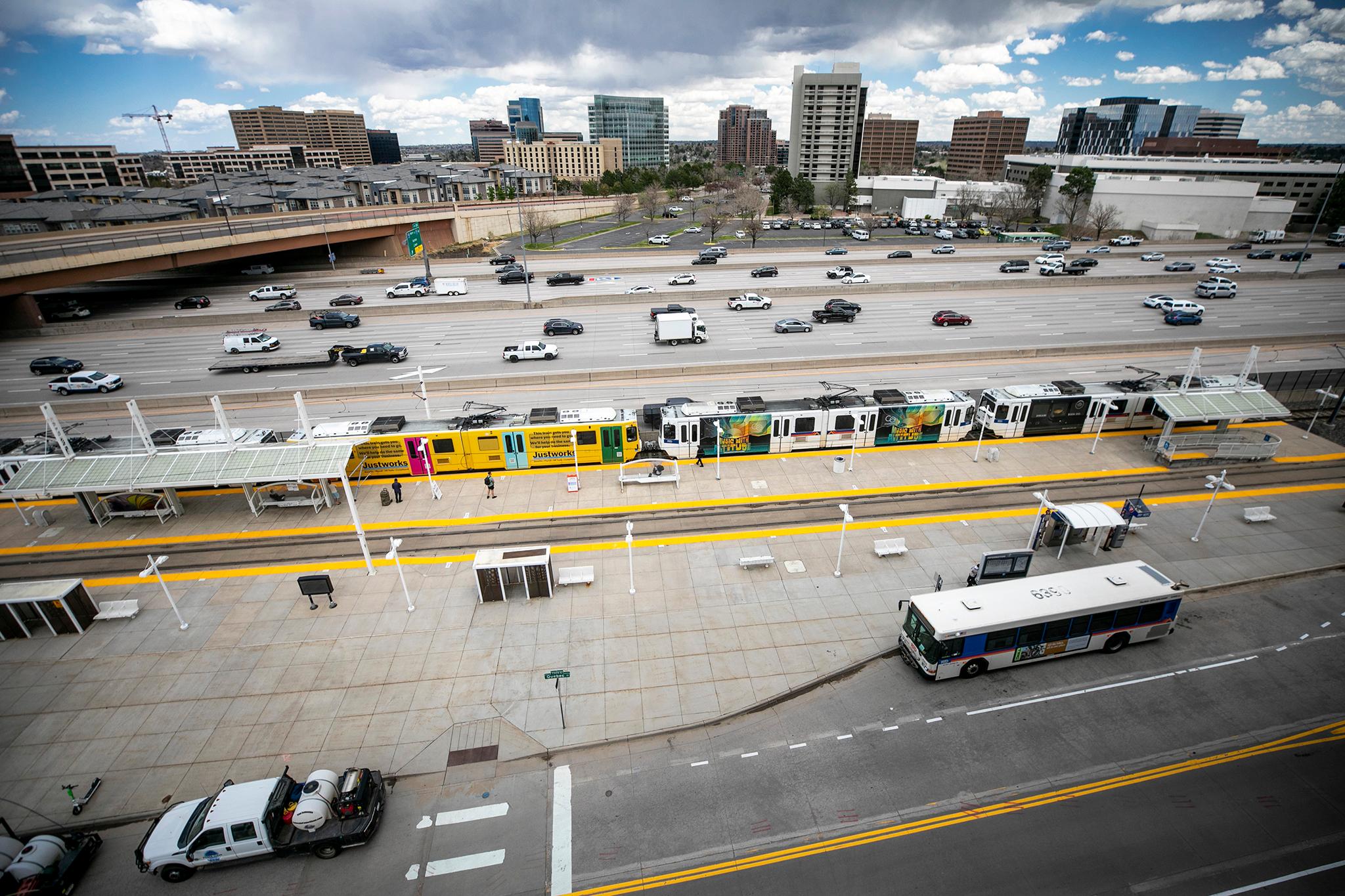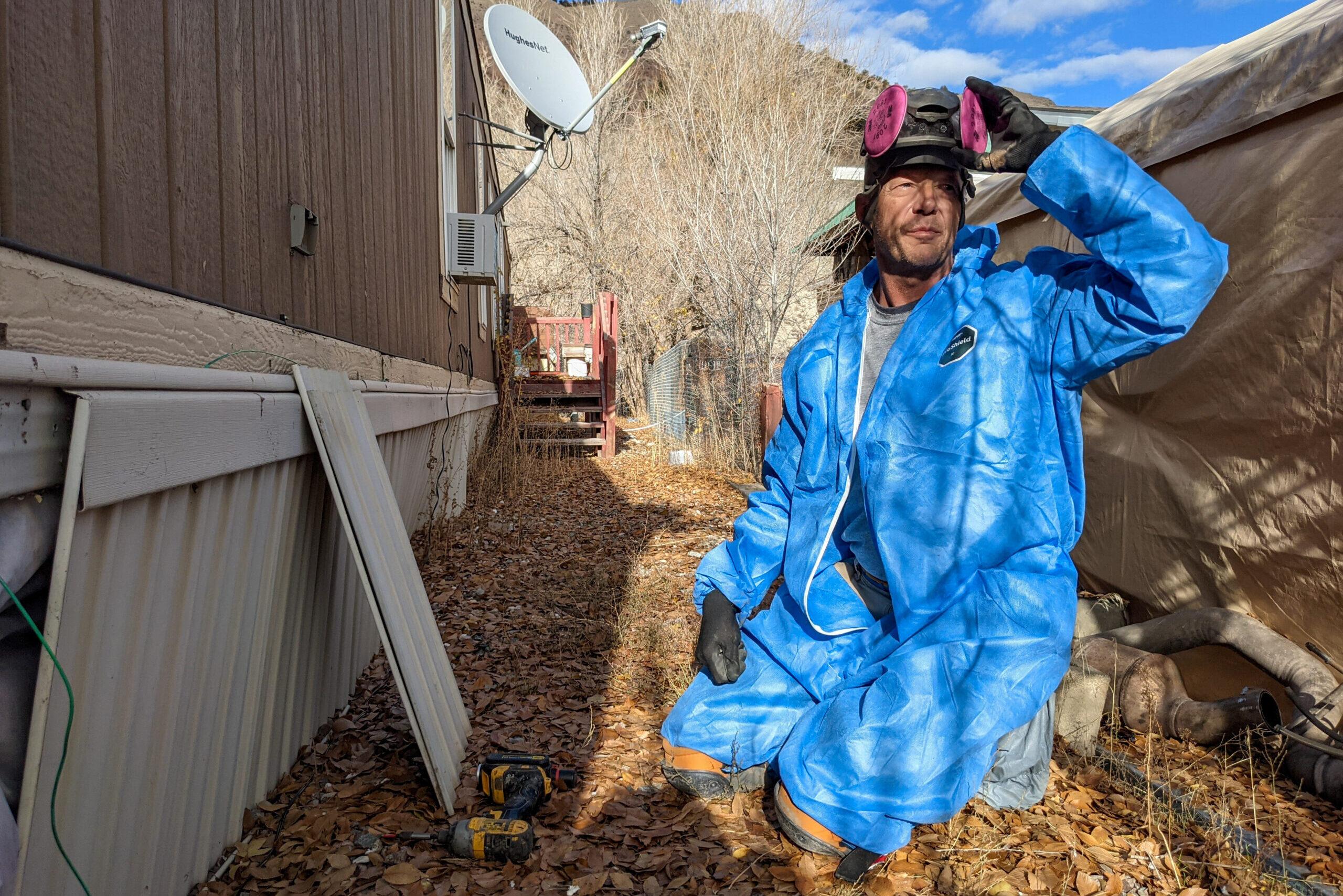
One night three years ago, Laura Rascon’s daughter woke her in a panic.
The family lives in the Dotsero Mobile Home Park, a small community sandwiched between Interstate 70 and a line of mountains just east of Glenwood Canyon.
The shoddy doors and windows left plenty of cracks for chills to press inside. Their propane furnace was also broken, so each family member carried a space heater from room to room to stay warm.
That evening, 9-year-old Coral Chavez admitted she brought the glowing face of the heater too close to her bed. Rascon rushed to her daughter’s room to find flames creeping up a blanket, which she tossed out the front door. The fire died in the snow, but the entire experience left Rascon terrified.
“I was so scared,” she said in Spanish. “We didn’t know if it was going to happen at night or if it could happen if she was home alone after school. I worried so much every day.”
Today, Rascon is looking forward to a far less anxious winter thanks to the federal Weatherization Assistance Program. For the last 45 years, the U.S. Department of Energy program has supplied grants to reduce the energy bills of low-income households. However, the work on Rascon’s home and others in Dotsero went beyond extra insulation, caulking and new windows.
In March, the Northwest Colorado Council of Governments also replaced all of the propane-powered appliances with electric alternatives. Rascon’s kitchen now centers around a new induction stove with a smooth glass top. A cold-climate heat pump outside the backdoor works as an air conditioner in the summer and a furnace in the winter. Another heat pump provides hot water.
“It was really satisfying at the end of the project to see our staff capping off the propane lines here,” said Doug Jones, who manages the energy program for the council, which is one of six Colorado groups that received the federal grants.
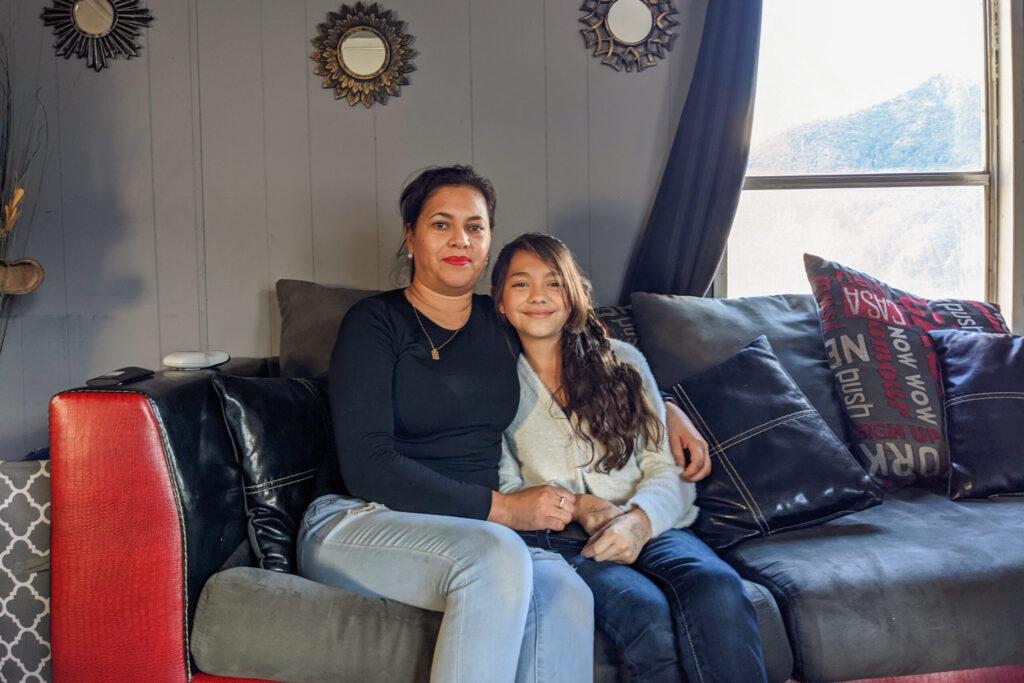
Not your grandpa’s weatherization program
The Dotsero project hints at a broader strategy to expand the purpose of Colorado’s Weatherization Assistance Program.
Born in the 1970s energy crisis, Congress designed the program to help low-income families save money by saving energy. In its early years, states and territories receiving grants through the program focused on the basics of home energy efficiency, like sealing drafts or adding insulation. A Department of Energy history notes that the program was soon expanded to fund more extensive home retrofits and swap out inefficient lightbulbs or water heaters.
The federal program is now set to get a $3.5 billion boost from the bipartisan infrastructure bill, which President Joe Biden signed into law Monday. Energy assistance advocates estimate the increase will fund weatherization for an additional 400,000 homes in total.
The funding could help supercharge Colorado’s strategy to make homes more energy-efficient and help some residents move away from fossil fuels. Ryan Harry, who leads Colorado’s version of the program, said the work in Dotsero is an early example.
“A lot of what we’re trying to do is called beneficial electrification, which is moving from fossil fuels burned on-site to electric appliances that might eventually or currently rely on renewable energy,” Harry said.
Most buildings in Colorado rely on fossil fuels for interior and water heating. The combined greenhouse gas emissions of all those burners, along with some wood stoves, add up to about 10 percent of the state’s overall contribution to climate change, which is why many environmental groups want the state to push Coloradans to switch to electric appliances.
Harry said electrification is now far more feasible due to recent technological improvements in heat pumps, which work like reversible air conditioners. The devices offer an efficient option for electric-powered heating, but they’re currently still more expensive to operate than natural gas furnaces.
Propane, however, is more expensive than either natural gas or electricity — and the price is expected to surge even higher this winter.
“We saw this opportunity with propane-heated homes,” Harry said. “Propane tends to be about three times as expensive as natural gas on a per-energy basis. And so those homes are paying more for energy anyway.”
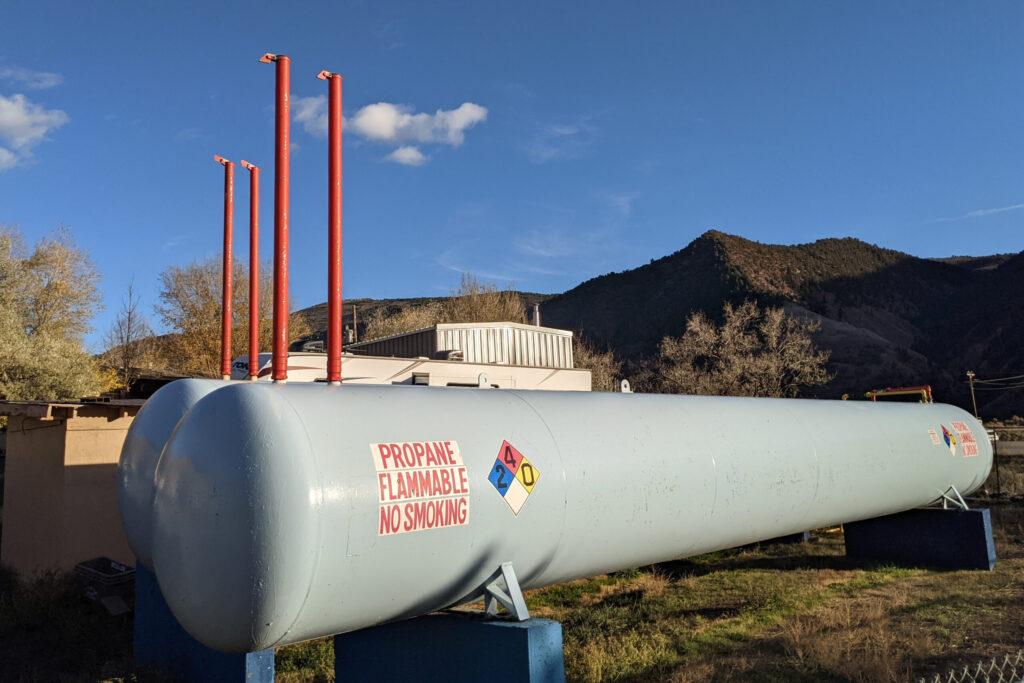
High-voltage stakes
Most of the homes in Dotsero draw fuel from a bus-sized propane tank just outside the entrance to the mobile home park.
Doug Jones, who led the weatherization project for the Northwest Colorado Council of Governments, contacted the park’s owners about replacing propane with electric heating and cooking systems last year. The owner had already attempted to switch the park natural gas but abandoned the idea when he learned it would require an expensive pipeline connecting the remote community in Eagle County. When Jones proposed electricity instead, the park’s owner was enthusiastic.
The organization finished electrifying the first three homes in the park in the fall of 2020. Jones expects 15 of the park’s 80 units to be fully electrified by the end of the year. The full set of improvements reduced average monthly utility bills for the upgraded households by $80 in the winter and $30 over the summer.
Dan Binning, the executive director of the Colorado Propane Gas Association, said even if those conversions saved residents money, electrification could be a risk in an era of unreliable electricity grids.
“Looked what happened in Texas last year,” Binning said. “Where there’s a natural disaster, they don’t bring in electric water heaters, electric heaters, electric stoves. They bring in propane.”
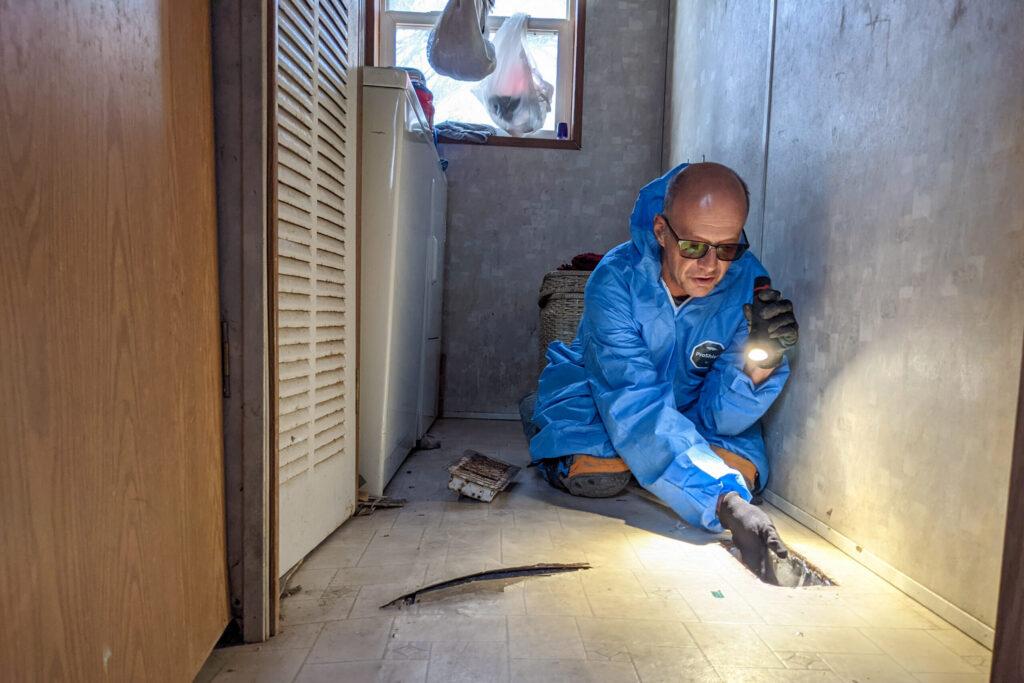
The cost-cutting demonstrated in Dotsero could still help justify Colorado’s broader strategy. Under the rules for the federal program, the lifetime savings from any upgrade must exceed its upfront price. Other rules restrict how states can spend the federal money, only allowing work to switch homes from fossil fuels to electricity under narrow circumstances.
Harry said Colorado’s program won’t directly spend federal money on electrification projects and will instead use the funding boost from the infrastructure bill to expand its annual reach from about 2,000 to 3,000 homes. Additional state and local funding for weatherization, like a new surcharge on most Colorado customers’ utility bills, can then be freed to pay for “deeper retrofits,” including electrifying more propane-heated homes.
The short-term impact of the plan is small. The Colorado Weatherization Assitance Program has about 200 propane-heated homes on its upgrade list in a typical year, a tiny fraction of the more than 2 million households across Colorado.
Harry sees greater promise in creating demand for electrified homes. By buying and installing heat pumps, he said Colorado’s program could help bring down the cost of the devices and train a workforce of capable installers.
“That's where the conversation really expands to, ‘OK, when does it start making sense to convert [natural] gas homes?”
- Back from UN climate conference, Neguse and Hickenlooper talk up environmental and economic benefits of Biden agenda
- The federal government is poised to crack down on methane from the oil and gas industry. Can it learn anything from Colorado?
- Pueblo is preparing for a future without coal. Its residents have thoughts on how and when to do it.
- Winter is coming, and so are the utility bill hikes for natural gas customers





